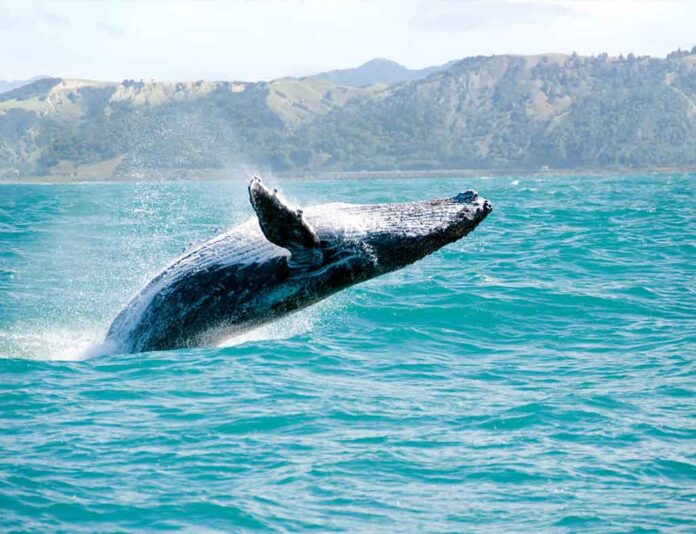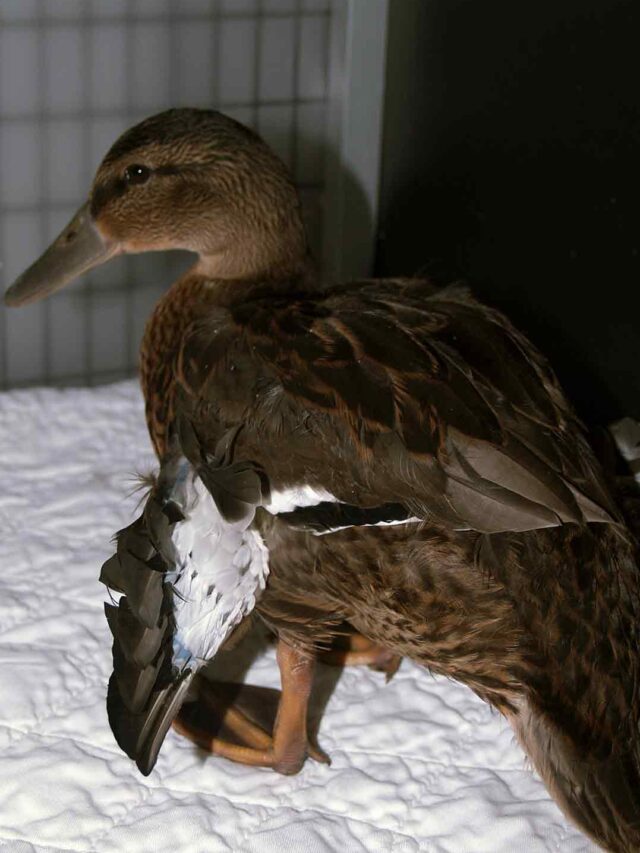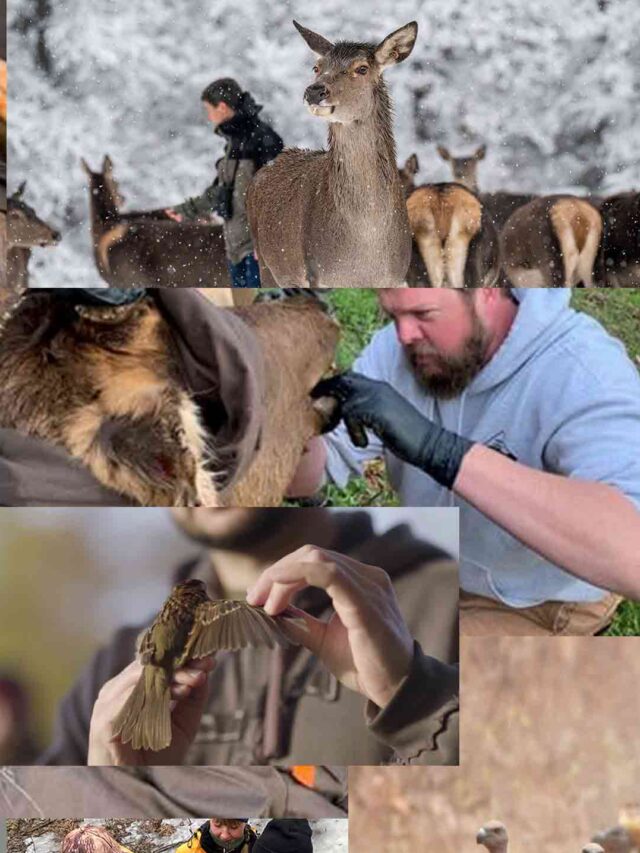
Whale The Majestic Giants are among Earth’s largest and most fascinating creatures, captivating scientists and nature enthusiasts alike. In this article, we delve into the world of whales, exploring their habitats, behaviours, and conservation efforts aimed at protecting these majestic giants.
Whales are marine mammals belonging to the order Cetacea, which includes dolphins and porpoises. They are well-adapted to life in the ocean, with streamlined bodies, flippers for propulsion, and a blowhole for breathing.
Table of Contents
Classification and Types
• Toothed Whales: This group includes species such as sperm whales, killer whales, and dolphins, which have teeth for hunting prey.
• Baleen Whales: Baleen whales, such as humpback and blue whales, have baleen plates instead of teeth, which they use to filter small organisms from the water.
- Orca Whales Florida keys: Orca whales, also known as killer whales, are not commonly found in the Florida Keys. While orcas have been known to travel far and wide in search of food, their primary habitats are typically in colder waters, such as those found in the Arctic and Antarctic regions, as well as in temperate coastal areas like the Pacific Northwest.
In the Florida Keys, you’re more likely to encounter other species of dolphins, such as bottlenose dolphins, as well as various types of whales during their seasonal migrations, such as humpback whales and sperm whales. However, it’s not entirely impossible for orcas to make an appearance in the region, as they are highly adaptable and have been spotted in unexpected locations from time to time.
Habitat and Distribution
Whale The Majestic Giants inhabit oceans and seas worldwide, from the polar regions to the tropics. They undertake long migrations, travelling thousands of kilometres each year for food and suitable breeding grounds.
Physical Characteristics
Whales vary in size, with some species, like the blue whale, reaching lengths of over 100 feet and weighing up to 200 tons. They have streamlined bodies, large flippers for propulsion, and a horizontal tail fluke for swimming.
Behaviour and Adaptations
Whale The Majestic Giants exhibit a wide range of behaviours, including breaching, diving, and socializing. They are highly adapted to their aquatic environment, with specialized sensory organs, such as echolocation in toothed whales and baleen plates in baleen whales.
Feeding Habits of Whale The Majestic Giants
Whales feed on a variety of prey, including fish, krill, and squid. Baleen whales use their baleen plates to filter small organisms from the water, while toothed whales use echolocation to locate and capture prey.
Reproduction and Life Cycle
Whales have a slow reproductive rate, with females giving birth to a single calf after a gestation period of several months to over a year, depending on the species. Calves are nursed by their mothers and stay with them for an extended period before becoming independent.
The whale penis, also known as a dork, is one of the largest reproductive organs in the animal kingdom. In some species, it can reach up to 10 feet in length. This impressive size is due to the whale’s overall large body and the necessity to mate in the vast ocean environment.
Conservation Status
Many whale species are threatened or endangered due to habitat loss, pollution, climate change, and overexploitation. Conservation efforts are underway to protect whales and their habitats, including the establishment of marine protected areas and regulations on whaling and fishing practices.
Threats to Whale, The Majestic Giants
Whale The Majestic Giants, face numerous threats in the wild, including entanglement in fishing gear, collisions with ships, noise pollution from human activities, and habitat degradation. Climate change also poses a significant threat to whale populations by altering ocean temperatures and disrupting their food sources.
Conservation Efforts
Efforts to conserve whales include research and monitoring programs, public education and outreach, and international agreements to regulate whaling and reduce marine pollution. Whale watching has also become a popular eco-tourism activity, providing economic incentives for conservation.
Role of Whales in the Ecosystem
Whale The Majestic Giants, play a crucial role in marine ecosystems as apex predators and nutrient recyclers. Their movements and migrations help distribute nutrients and energy throughout the ocean, supporting the health and productivity of marine ecosystems.
A whale skeleton is a fascinating structure that showcases the immense size and unique adaptations of these marine mammals. Typically composed of a large skull, long spine, and ribcage, the skeleton supports the whale’s massive body and facilitates efficient swimming. The vertebrae are particularly notable for their size and number, allowing for flexibility and strength in the water. Whale skeletons can often be seen in natural history museums, offering an impressive glimpse into the anatomy and evolution of these majestic creatures.
Whale Watching and Tourism
Whale watching has become a popular recreational activity in many coastal regions worldwide, providing opportunities for people to observe whales in their natural habitat while promoting awareness and appreciation for these magnificent animals.
Protecting Wildlife for a Healthy Planet: A Comprehensive Guide
Whale The Majestic Giants

FAQs
1. How big can whales get?
Whales come in various sizes, with the blue whale being the largest known animal on Earth, reaching lengths of over 100 feet and weighing up to 200 tons.
2. Do all whales have teeth?
No, not all whales have teeth. Baleen whales, such as humpback and blue whales, have baleen plates instead of teeth, which they use to filter small organisms from the water.
3. What are the main threats to whale populations?
Whales face numerous threats, including habitat loss, pollution, climate change, overfishing, and collisions with ships.
Whale-tail forums are online communities where enthusiasts discuss and share their interest in whales, particularly focusing on the iconic tail flukes. These forums feature discussions on whale watching experiences, identification tips, conservation efforts, and stunning photographs of whale tails in action. Members exchange knowledge, participate in whale conservation projects, and build a community around their shared passion for these majestic marine mammals.
4. How can individuals help protect whales?
Individuals can support whale conservation efforts by reducing their carbon footprint, supporting sustainable fishing practices, and advocating for marine protected areas.
5. Are there any regulations on whaling?
Yes, there are international agreements such as the International Whaling Commission (IWC) that regulate whaling and set quotas for whale catches to ensure sustainable management of whale populations.
6. What are School of Whales?
A school of whales, also known as a pod, is a group of whales that travel and live together, often for social, reproductive, or migratory purposes. Pods vary in size depending on the species and can range from just a few individuals to several dozen. Whales within a pod communicate through complex vocalizations and coordinate their movements for activities such as hunting, migrating, and caring for young. Observing a pod of whales is a breathtaking sight, highlighting the social nature and intelligent behaviors of these majestic creatures.












